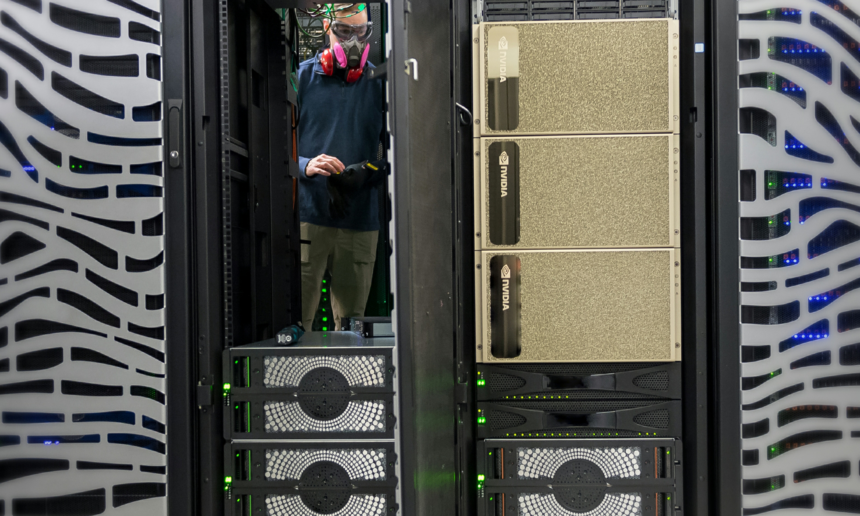Investors waiting for a pullback in Nvidia (NVDA -0.21%) stock may believe the opportunity has arrived. The stock has pulled back since peaking at just above $140 per share in June. Investors should also remember it has lost more than half of its value twice since 2018.
However, the artificial intelligence (AI) stock is up nearly 2,400% over the last five years. Indeed, Nvidia has earned much of this growth thanks to its leadership in the AI chip space. But amid a sell-off in tech stocks, should investors start buying now or hold out for a lower stock price?
Nvidia began as a gaming company and is involved in fields such as automotive and professional visualization. More recently, the stock has shot into the stratosphere thanks to its work in becoming the dominant company in the AI chip space.
Although Advanced Micro Devices, Qualcomm, and others have offered competing products, Nvidia is the technical leader, dominating at least 80% of the market. Also, the $30,000 or more price tag for its AI chips is far above what its peers can command in this market.
Still, as mentioned, the stock sold off in recent weeks. Besides a general sell-off in the tech sector, the Department of Justice has hit Nvidia with multiple investigations regarding its dominance in the AI chip sector, according to The Information.
The same publication also reported that design flaws will delay the launch of its next-generation Blackwell AI chip. This may have a broader impact across the tech market as cloud providers such as Amazon, Alphabet, and Microsoft may count on this technology to deliver some of their productivity gains to investors.
Admittedly, its financials may experience little direct impact. The AI chip market is expected to grow at a 38% compound annual growth rate through 2032, and Nvidia and its peers have struggled to keep up with demand.
In the first quarter of fiscal 2025, Nvidia’s revenue grew 262% to $26 billion. Also, while we will not know how it performs in fiscal Q2 until its August 28 earnings release, it expects $28 billion in quarterly revenue at the midpoint, which would amount to 107% yearly growth.
Nvidia’s problem is that its stock is arguably still priced for perfection, and the lawsuits and developmental delays indicate it falls short of that standard. Given its rapid growth, the price-to-earnings (P/E) ratio of 59 may seem justified.
However, other valuation metrics point to an expensive stock. Its 31 price-to-sales (P/S) ratio exceeds AMD’s sales multiple of just over 9. Also, its 50 price-to-book value ratio is far above AMD’s book value multiple of 4. Although Nvidia’s technical lead calls for a premium, such levels seem excessive, considering Nvidia’s challenges.
When it comes to buying Nvidia, the answer may be both to buy now and hold out for a lower price. Here’s why.
Due to Nvidia’s dominance in the AI chip market, revenue and profits will likely continue to rise rapidly, even with the delayed launch of the Blackwell chips. Thus, it will probably remain a long-term winner at just about any price.
Still, investors should employ dollar-cost average (DCA) investing instead of purchasing all at once. Considering Nvidia’s recent challenges and elevated multiples, the chances of a further near-term pullback are high.
Also, as mentioned, Nvidia stock has lost more than 50% of its value twice since 2018. Hence, investors cannot rule out such a decline from happening again. DCA investing can serve as a compromise between owning Nvidia stock without denying oneself an opportunity to buy at a lower price.



